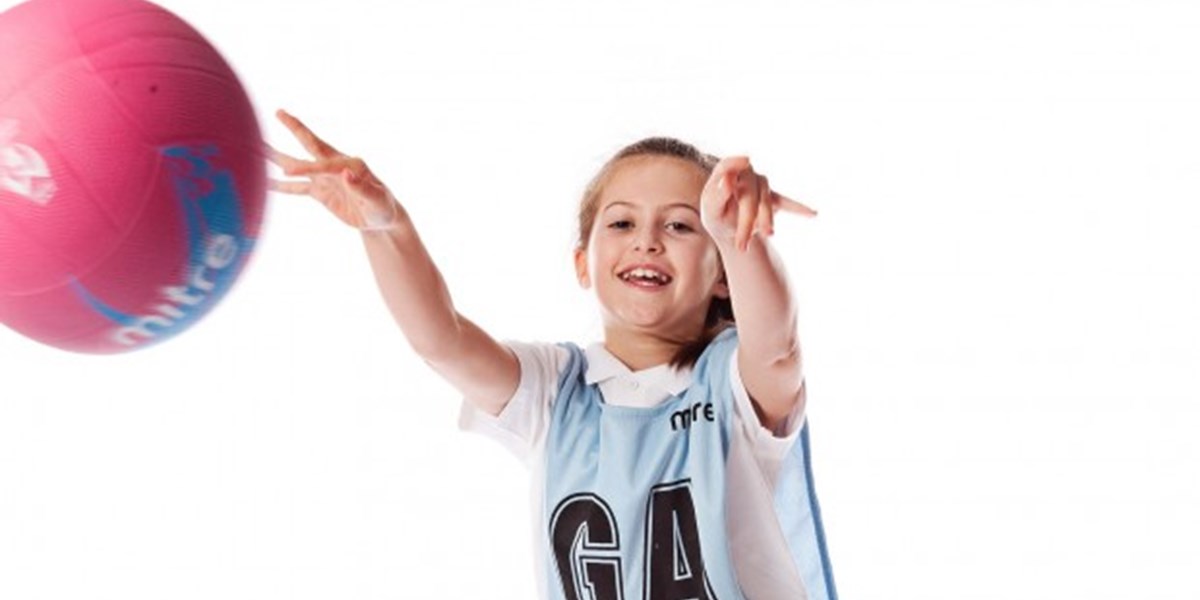Key Stage 2 – Coordination Games and Activities

Coordination is a child’s ability to get their body to work together in a coordinated, efficient way.
Many tasks which require coordinated movement also require the child to have good motor planning to time their movements accurately. Whether this be hand-eye or physical coordination, both can have big impacts on both the everyday lives of a child including academic and sporting success.
Here are some great ways to improve coordination…
Bouncing a ball on a bat whilst walking around in and out of cones. This will develop coordination whilst improving balance.
-Make it hard: balance rubber quoit on head at the same time.
-Make it harder: all of the above whilst walking backwards.
-Make it easier: balance the ball on the bat whilst walking in and out of cones.
-Games; count the number of hits or measure the time of how long they keep going for before the ball drops.
What will you need? Balls, bats, spots, rubber quoit, stopwatch.
Play individually and look to improve personal bests and encourage development.

Playing in pairs, children throw a playground ball across to each other, back and forth, without dropping it. The teacher shouts commands such as quicker, slower, higher or lower.
-Make it hard: make the distance between the children bigger or use a smaller ball.
-Make it harder: throw and catch one handed or with their weaker hand.
-Make it easier: use a large ball.
-Games; Count the number of successive throws and catches without dropping the ball. Begin a leaderboard or encourage children to beat their personal bests.
What will you need? Balls, spots, stopwatch.
Playing in pairs, alternate commands such as slower or faster to improve coordination.

Dribbling a ball through a course of cones and shooting at a target. This will develop both coordination and dynamic balance.
-Make it hard: set cones in irregular patterns and lengths.
-Make it harder: set targets further away or make the targets smaller.
-Make it easier: use large target areas making it easier to hit.
-Games; Use a stopwatch to time how long it takes children to complete the course or count the number of hits through at the target. Set group games such as relay races and tournaments.
What will you need? Balls, hoola hoops, cones, stopwatch, throw down spots.
Play individually or set relay races with teams.
Hit the Target. Roll a ball towards a throw down spot. The child that lands closest to the spot wins a point. This will develop hand-eye coordination.
-Make it hard: make the distance of the spot further away.
-Make it harder: play on different surfaces e.g. grass or sand.
-Make it easier: use a range of throw down spots for children to aim at, at a range of distances making it easier to land near a spot.
-Games; The team or individual with the most points wins. Organise tournaments and league tables.
What will you need? Balls, hoola hoops, throw down spots, cones.
Play individually or split the class up into teams. Players or teams that end up with the most points wins.
The possibilities are endless! Get creative and make these activities easier or harder depending on progression – and if you have an idea about any great games, please let us know. Measure and encourage development through the use of team games, personal bests and races, measuring times and distances with a stopwatch and whiteboard.
By working on coordination, children will learn to use brains and have greater control over their body. Not only will this will set them up for success in playing games and sports with their peers, it will also have a big impact on academic and life skills.
As always, ensuring children are safe during these activities is very important. It is important to use the appropriate matting and safety procedures when carrying out the above activities.





